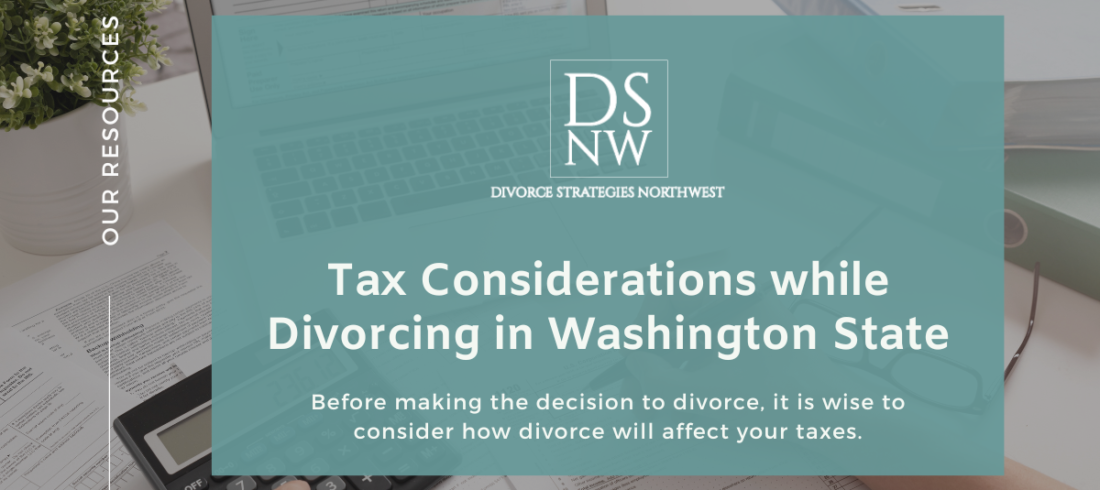
Amidst the challenge of divorce, children take center stage amidst a multitude of other stressors. As parents struggle to create a “new normal,” families with ongoing conflict impact their children far more than they realize.
In many families, one parent frequently takes on the role of the protective parent—a place where children can be emotional and vulnerable, specifically when returning from time spent with their high-conflict parent. The severity of high-conflict parents varies. In some cases, they are inadvertently dismissive of a child’s emotions. In more severe cases, the high-conflict parent puts their own needs and emotions ahead of their children. When a child returns to their protective parent, they may become vulnerable and emotional, as they relax in their safe place.
By age 2, babies learn who they can trust. They develop tendencies and inclinations about which parent is safe and more in tune with their needs. Children discover early on who can they can relax and be themselves, as opposed to whom they must conceal their emotions. These innate safeguards protect children from criticism, harm, and shame. It can be hard to think about your child experiencing emotional challenges. Understanding these realities is crucial to supporting your child and their ability to thrive.
There are many reasons why children become more emotional with their protective parent. Following are five of the most common and impactful.
(Un)Conditional Love
Protective Parent: Children are more likely to freely express themselves without fear of losing approval or affection from the protective parent. Unconditional love creates a safe space for children to be themselves. By not guiding, leading, or stifling a child’s emotions, a protective parent encourages emotional intelligence and self-awareness.
This approach recognizes that a child has unique perspectives, experiences, and emotional responses. Allowing them the freedom to explore and express their emotions fosters a sense of self-reliance and emotional resilience.
High-Conflict Parent: A child may feel that the high-conflict parent’s love is conditional, based on how the child expresses their emotions, often causing suppression and a need to seek approval, by not being true to themselves. When the child is unable to meet the parent’s expectations or demands, they may experience criticism or feel that love is withheld.
Loyalty Conflicts
Protective Parent: A child may feel torn between their parents during a divorce, experiencing loyalty conflicts. With a protective parent, a child can express emotions freely without fear of damaging the parent-child relationship. Protective parents are more authentic and put more trust into the parent-child bond. Protective parents are accepting and welcoming to child’s unique opinions. They aren’t threatened by new ideas and don’t actively encourage a child to change their opinions.
Permitting love for both parents helps alleviate this internal struggle and allows a child to maintain healthy relationships with both parents. By encouraging love for both parents, you communicate to your child that it’s normal and acceptable to have positive feelings for each parent. This normalization helps reduce any guilt or confusion your child may feel. By allowing your child to love both parents, you support your child as they process divorce.
High-Conflict Parent: Children suppress emotions due to loyalty conflicts between parents. To avoid upsetting the high-conflict co-parent, the child will align with parent’s expectations, even at the cost of being dishonest with their own true feelings. The high-conflict parent feeds on drama, gossip and lies. They will often pull a child into co-parenting conflict and expect or demand the child to take their side by undermining or slandering the other parent. Triangulation is stressful and produces anxiety in children of all ages.
Fear Of Repercussions
Protective Parent: The child feels safe expressing emotions because the protective parent provides a supportive and non-threatening environment for the child to be their true self. They do not worry about saying something the protective parent may not agree with, because they feel secure and have formed a relationship of trust. Despite the challenges of divorce, protective parents maintain confidence in themselves and their bond with the child. This confidence can play a crucial role in providing stability and reassurance for the child during a time of change and uncertainty.
Respecting a child’s feelings involves listening without judgment, offering support when needed, and creating a safe environment for open communication. It doesn’t mean ignoring inappropriate behavior or failing to provide guidance, but rather recognizing and acknowledging the child’s emotions as valid and important.
High-Conflict Parent: Children often suppress emotions if the coercive parent does not respond positively or uses the child’s vulnerability against them. Children fear punishment with the high-conflict co-parent, and will try to be on their best behavior to appease this parent. This behavior often develops after multiple negative instances of micro or macro aggression (i.e. dismissal, punishment, mocking, degrading) and can become one of the most detrimental behavioral changes.
Gaslighting
Protective Parent: Open communication is commonplace and allows the child to process emotions without manipulation. Processing of emotions is vital for children to not develop maladaptive behaviors. Allowing children the space to develop their own feelings with respect is a commendable approach.
This parenting style emphasizes the importance of recognizing and validating a child’s emotions without trying to control or dictate how they “should” feel. It acknowledges the individuality and promotes emotional autonomy. This contributes to the development of emotionally intelligent individuals who are capable of understanding and managing their own feelings, and empathizing with others. It also reinforces a sense of trust between parent and child, as a child feels understood and respected in their emotional experiences.
High-Conflict Parent: Manipulative tactics and gaslighting may discourage a child from expressing emotions authentically to avoid conflict or confusion. With their actions, the high-conflict parent teaches children that they aren’t allowed to have a voice or are frequently told are wrong. Often associated with a ‘my way or the highway’ mentality, this parenting style is stifling to creativity, independence, and individuality.
Self-Love
Protective Parent: The protective parent shields the child from their emotional burdens, allowing the child to process emotions appropriately. A child learns to allow themselves time to process emotions in a healthy way. By exposing children to less chaos during divorce, they are shielded from the negative impacts that divorce has on child development. This may be the most important practice in a divorcing family.
By exposing children to less chaos during divorce, they are shielded from the negative impacts that divorce has on child development. This may be the most important practice in a divorcing family.
Leah Hill – Divorce Strategies Northwest
High-Conflict Parent: The child may adopt a role reversal and take on emotional burdens of the emotionally dysregulated high-conflict parent. This causes the child to suppress their own emotions to cope with the added responsibility. Also known as “parentification,” this behavior has lasting impacts on the development of a child.
Creating A New Normal
If your child is emotional when they return home to you, consider this a compliment to you and your relationship with your child. Don’t over plan your time together. Don’t pry for information. Look for patterns in how your child decompresses after spending time with the high-conflict parent. Allow your child the time and space they need to relax and be vulnerable with you. This builds a strong foundation of trust, and sets an example of healthy emotional regulation.
The emotional overload experienced by the protective parent is a common aspect of divorce. Taking the time to process your own emotions is essential, not only for your well-being, but also to be better equipped to support your child. In challenging times, being a consistent and understanding presence can make a significant difference in helping children cope with changing family dynamics.
Seeking professional guidance can be beneficial for both parents and children to navigate the complexities of divorce to ensure that everyone receives the support they need.
Your Trusted Partner
Whether you’re contemplating a divorce, have already started the process, or are far into the proceedings, do you wish you had someone to share with you the inside scoop on how to save money, time, and emotional energy on your divorce?
Our team is available for Support On-Demand to discuss the many scenarios, options, and implications of separation or divorce, via telephone or videoconference during this time. Feel free to get in touch with us; we are here for you!




